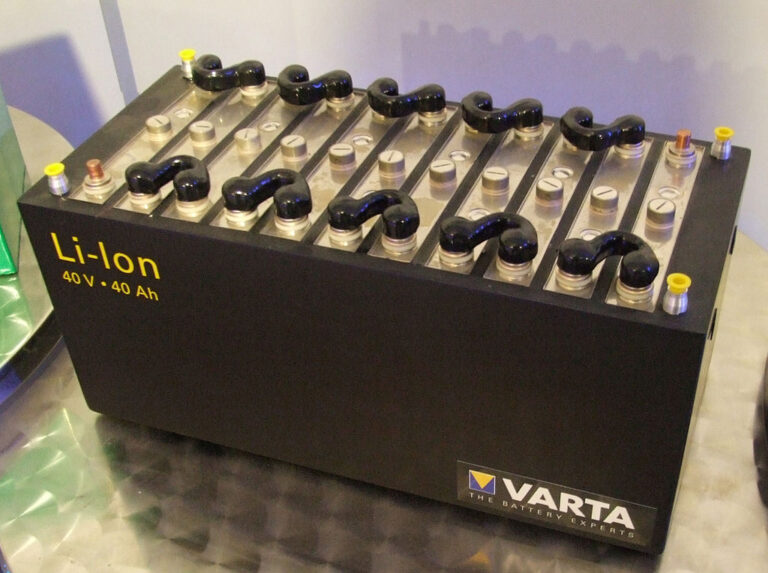In the latest financial stability report, Tesla, Kung Long Batteries, Mustang Battery, Eaton and Hyundai Electric are in the top five out of 55 manufacturers.
Sinovoltaics, a Hong Kong-based technical compliance and quality assurance service company, has published its third quarter results PV Energy Storage Manufacturer Ranking Report. It has a global reach and provides financial stability scores over the past three years for 55 suppliers. The report can be downloaded for free.
Some changes to the top ten segment since the previous edition included South Korea’s LG Energy moving out of the top ten segment to seventeenth, while fellow countryman Hyundai Electric entered the top ten, moving from twelfth to fifth rose.
The report includes a chart that groups manufacturers into companies with scores that put them in the safe zone, companies with lower scores in the gray zone, and companies with scores that indicate problems. There were 20 companies in the safe zone this quarter, compared to 25 in the last quarterly report. There was no change in the total number of companies in the battery sector tracked in the report.
The top ten is led by the American Tesla, followed by the Taiwan-based Kung Long Batteries, the Chinese Mustang Battery, the Irish Eaton and Hyundai Electric. The next five spots on the rankings are occupied by Yuasa battery and Sanyo, both based in Japan, along with US-based Solid Power and Livent, followed by Sinexcel, based in China.
The publicly traded battery maker analysis uses a balance sheet-based model and publicly available financial information to track financial strength over the past three years, from September 2021 to June 2024, to provide insight into changes in scores in over time.
The so-called Altmann Z-scores are based on a quantitative formula that uses publicly available information about company income and balance sheet values to measure the financial health of a company. It assesses a company’s financial strength through a credit strength test based on profitability, leverage, liquidity, solvency and activity ratios, Sinovoltaics said. A score of 1.1 or lower indicates a higher likelihood of bankruptcy within the next two years, while a higher score of 2.6 or higher indicates.
This content is copyrighted and may not be reused. If you would like to collaborate with us and reuse some of our content, please contact: editors@pv-magazine.com.


